For those planning their vacations in Cusco, they will find a city steeped in history, culture, and tradition. Known as the ancient capital of the Tahuantinsuyo Empire, this sacred city is surrounded by green valleys and Andean landscapes, preserving a unique architectural legacy that still amazes the world. Called “the navel of the world” because it was the political and territorial center of the Incas, this destination offers an impressive geographical variety that goes from mountains and natural reliefs to rivers like the Urubamba.
Located at 3,399 m.a.s.l. in the heart of the Andes mountain range, the city was declared the Historical Capital of Peru and is a clear example of the mastery of Inca engineering, where stone was the main construction tool. Around it are archaeological sites of great value such as Sacsayhuaman, Qenqo, Tambomachay, Ollantaytambo, and Choquequirao, in addition to the world-famous Machu Picchu, considered an architectural and spiritual jewel of the Inca civilization.
Cusco is a complete destination: history, nature, adventure, art, gastronomy, and customs that are maintained in every corner. Traveling to Cusco is living the warmth of its people and discovering a place that never ceases to surprise.
Best month to vacation in Cusco
The climate in Cusco is a key factor to consider, as most of its tourist activities involve hiking and outdoor tours. Its particular geography causes the cold and dry winds of the Altiplano to mix with the local, humid and warm winds, creating varied conditions according to the season.
Cusco can be visited at any time of the year, but the dry season (April to November) is the most recommended. During these months there are more sunny days and less rain, which makes excursions like the Inca Trail, visits to the Sacred Valley, and the trip to Machu Picchu easier.
About the seasons in Cusco:
- The rainy season extends from November to March, with rainfall that can exceed 1,000 mm annually. Despite this, temperatures are slightly warmer, with highs of up to 30 °C and lows close to 20 °C.
- In the dry season, temperatures drop, with lows that can be below 0 °C and highs that are around 32 °C, while the average remains around 17 °C or 18 °C.
For this reason, if you are looking to make the most of your trip and go on hikes without problems, the ideal is to visit Cusco between April and November, when the weather is more favorable to explore its landscapes and archaeological attractions.
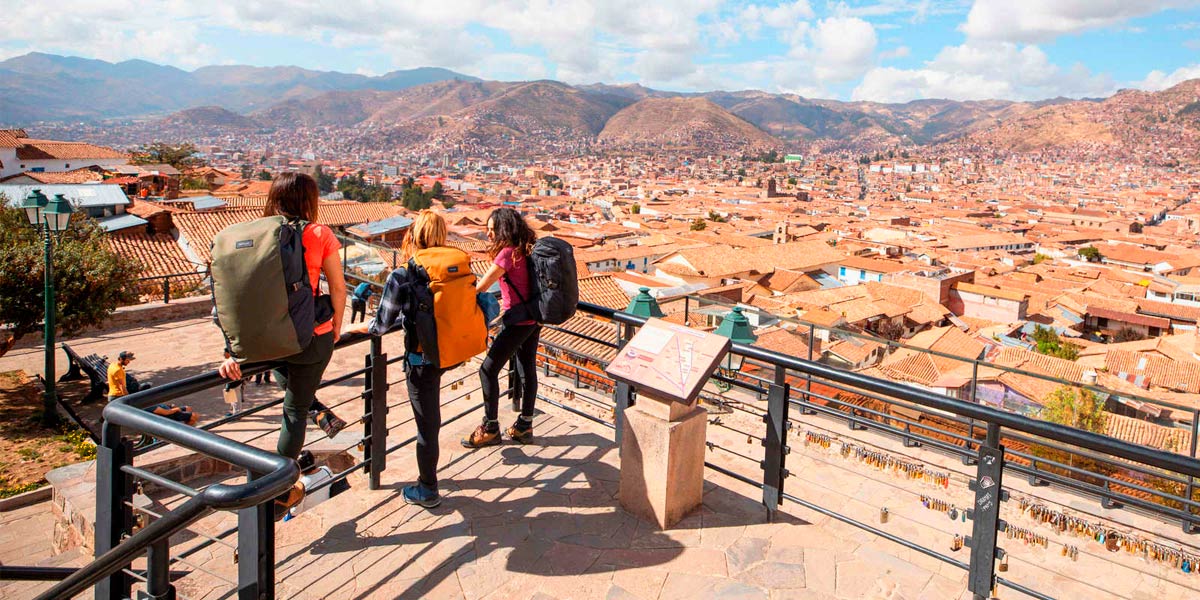
The best vacations in Cusco – Travel options
- The Sacred Valley
Between Pisac and Ollantaytambo lies the majestic Sacred Valley of the Incas, surrounded by Andean landscapes and towns where Quechua descendants maintain their ancestral customs and rituals. In addition, you can visit ancient centers of worship to Pachamama, making this place an unforgettable cultural and spiritual experience. - From Ollantaytambo to Machu Picchu
For many, the dream is to hike the Inca Trail and reach Machu Picchu through the mythical Sun Gate (Intipunku). However, those who prefer to avoid long hikes can choose the train trip, one of the most beautiful routes through the Sacred Valley. Most departures leave from the Ollantaytambo station, especially during the rainy season when the Poroy station is restricted for safety. After a scenic trip, the train arrives at the town of Aguas Calientes, where you take the bus to the Inca citadel. - One-day hike to Humantay Lake
The hike to Humantay Lake is another of the most impressive experiences near Cusco. In a single day, you travel through Andean valleys, snowy mountains, and landscapes where the typical flora and fauna of the region abound. The lake, with turquoise waters and surrounded by snow-capped peaks, is considered one of the most sacred places in the area and a natural spectacle that rewards every effort of the journey. - Tour of the city of Cusco
The city of Cusco, the ancient capital of the Inca Empire, with its cobblestone streets, Inca walls, and colonial monuments, tells centuries of history and legend. A City Tour Cusco allows you to see temples, palaces, squares, and traditional neighborhoods, where every corner shows the Inca and Spanish heritage. Walking through its historical center will make you discover why it continues to be one of the most fascinating cities in America. - Southern Valley of Cusco
The Southern Valley offers a different experience, in which you visit pre-Inca and Inca sites, as well as the famous church of Andahuaylillas, known as the “Sistine Chapel of America” for its impressive murals. All of this is framed by picturesque towns that preserve their colonial mansions and the charm of Andean life.
 |
 |
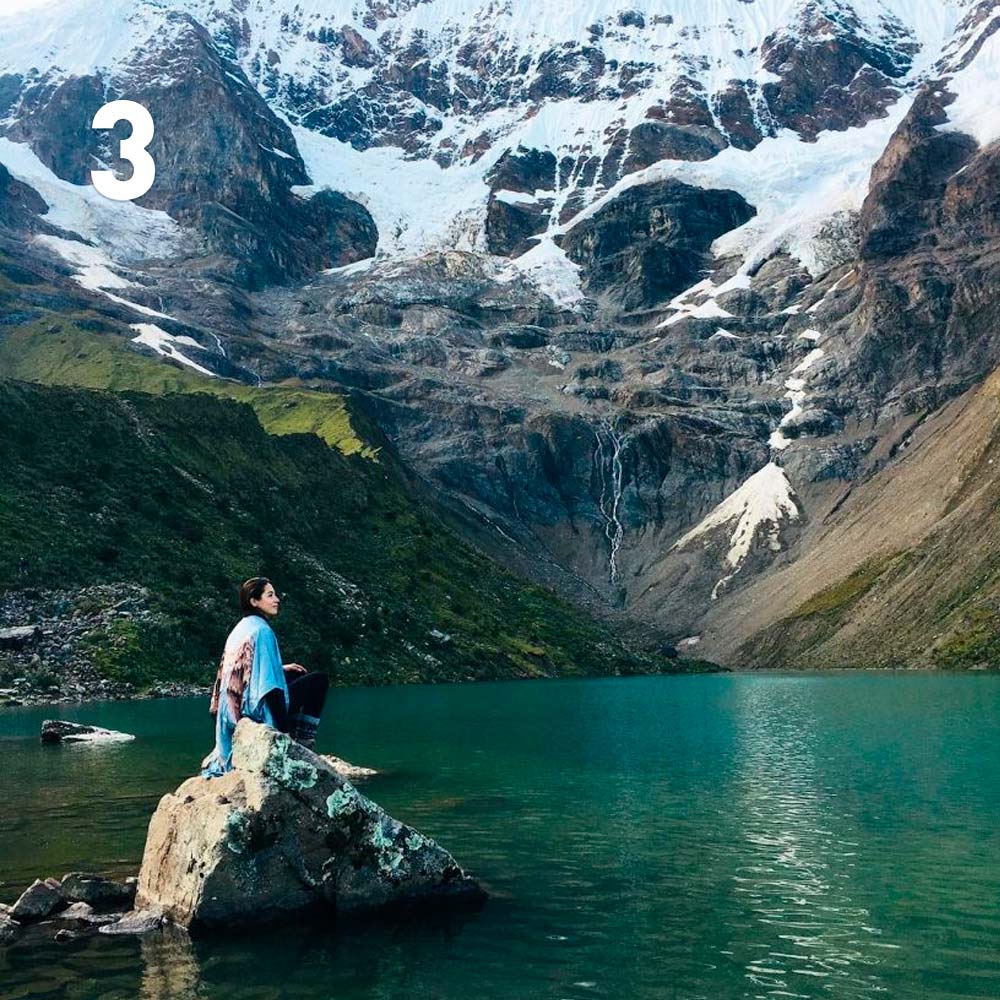 |
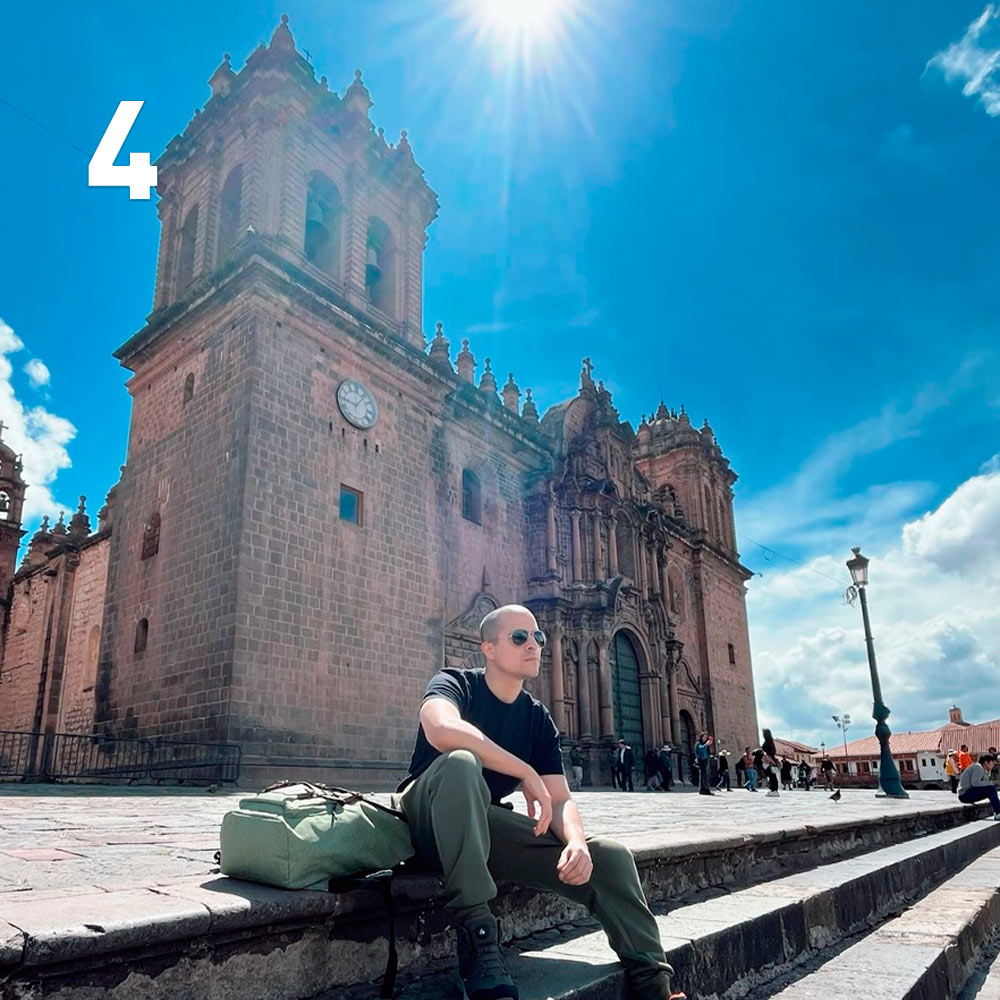 |
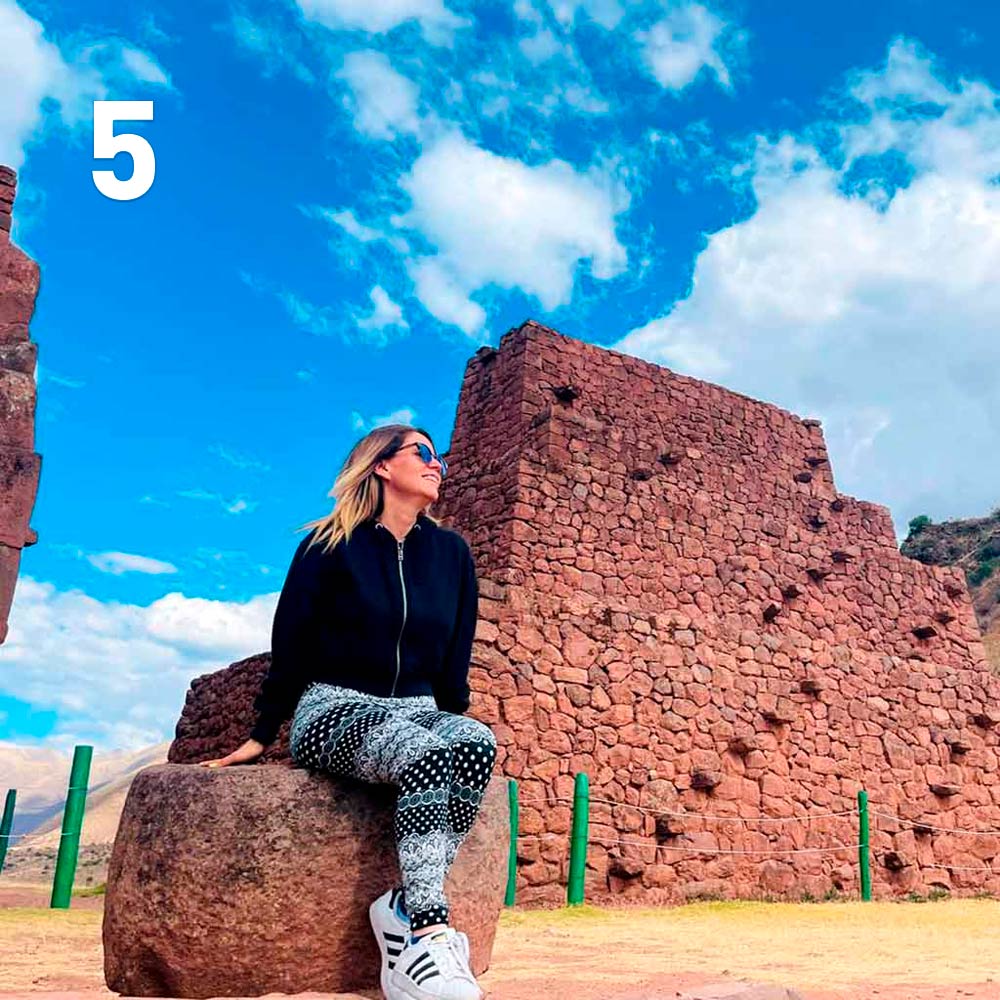 |
Hiking tours to Machu Picchu
There are several routes to get to the Inca citadel, but none as special as the Inca Trail, considered the most famous hiking route in America. After arriving in Cusco from Lima, a four-day trek begins that crosses cloud forests, stone stairways, and Inca archaeological remains. Each day combines history, adventure, and spectacular views of the Andes until you reach the majestic Machu Picchu.
If you plan your trip, it is recommended to book the Machu Picchu ticket in advance, thus ensuring a smooth experience during your vacation.
What is the best time to hike to Machu Picchu?
The dry season, from April to September, is the best time for hikes, as the climate is more stable and there is less rain. October marks the start of the wet season, when clouds often cover the citadel.
Traveling in June offers a special bonus: you can attend Inti Raymi, the most important festival in Cusco, celebrated on June 24, and complement your experience with the excursion to Palcoyo Mountain, a surprising alternative to Rainbow Mountain with multicolored landscapes in the middle of the Andean mountain range.
Alternative options to get to Machu Picchu
- Choquequirao to Machu Picchu Trek
Choquequirao, known as the “sacred brother of Machu Picchu”, is an archaeological complex even larger than the Inca citadel, but much less visited. To get to it there are no trains or roads, just a demanding trek of several days that rewards you with silence, impressive landscapes, and the mystery of ruins still under exploration. It is estimated that only 40% of the site has been discovered, so exploring Choquequirao today is living an authentic experience before it becomes crowded.
- 5 day Salkantay Trek
Recognized by National Geographic as one of the 25 best treks in the world, the Salkantay route is a great alternative to the Inca Trail. For five days you cross impressive landscapes, from the slopes of the snowy Salkantay (6,271 m.a.s.l.) and Humantay lagoon, until you descend to the cloud forest on the way to Aguas Calientes. The last day is reserved for the visit to Machu Picchu. Besides its scenic beauty, this trek offers the opportunity to observe condors and discover the geographical diversity of the Andes.
Additional Options: Jungle Tour from Cusco
The jungle is a paradise recognized as one of the areas with the most biodiversity on the planet. This destination, located in the heart of the Peruvian Amazon, not only holds impressive landscapes of rivers, mountains, and endless forests, but also native communities that keep their ancient traditions and their harmonious relationship with nature alive.
Exploring this region is a fascinating experience for those who seek adventure, direct contact with wildlife, and experiential tourism. In the Amazon lodges it is possible to live with the jungle and observe exotic species up close like macaws, monkeys, caimans, and a huge variety of birds.
What’s more, the Manu National Park, declared a Natural World Heritage Site by UNESCO, is one of the main attractions in the area and a world leader in ecotourism. Considered one of the richest places in flora and fauna on the planet, it offers boat tours on winding rivers, jungle treks, and the chance to learn about the worldview of the Amazonian peoples.
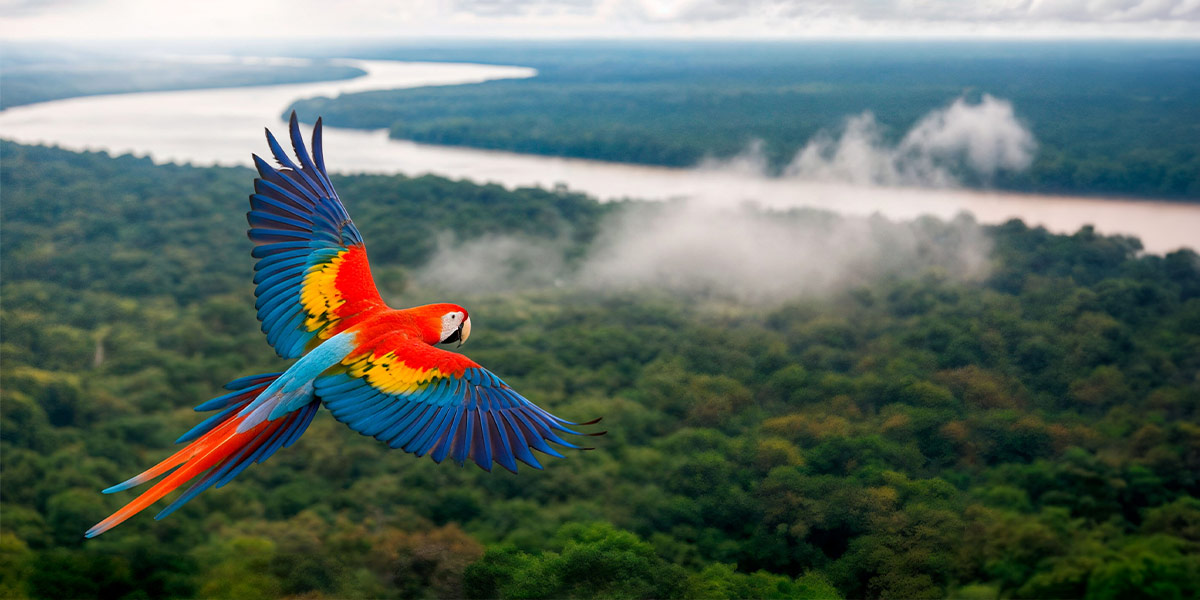
Places you can visit in the City of Cusco
Cusco is an open-air museum where every corner holds history, culture and tradition. Among the main experiences you can’t miss are:
- Cusco’s Plaza de Armas: It is the heart of the historic center, surrounded by churches, colonial mansions, and streets full of life. The Cusco Cathedral and the Church of the Company of Jesus stand out here, both built on top of ancient Inca temples. An ideal place to start your tour and learn more about the city.
- Churches of Cusco: The city has 13 churches that are true architectural jewels. You can visit them for free between 5:30 and 9:00 a.m. or buy a ticket to tour them at other times.
- Hatun Rumiyoc Street and the stone of the 12 angles: One of the most famous streets in Cusco, known for the enigmatic stone of the 12 angles, a symbol of Inca architectural perfection. It is a mandatory stop to take photos and admire the skill of the Andean builders.
- Historic Center and its plazas: Besides the Plaza de Armas, you can visit Plaza Regocijo, Plaza San Francisco, and the Arch of Santa Clara. Every Cusco street holds stories of heroes, rebellions, and the mix of cultures that marked the “navel of the world”.
- San Pedro Market: Just 3 blocks from the Plaza de Armas, this market offers a unique experience. Here you will find everything from typical dishes like baked cuy, to handicrafts and alpaca textiles made by local communities. A perfect place to learn about the daily life of the people of Cusco.
- San Blas neighborhood: Known as the artists’ neighborhood, it is home to workshops and galleries where artisans pass on their art from generation to generation. The exhibition by the Mendívil family, known for their unique sculptures, stands out. Its steep and picturesque streets make it a must-see site.
- Typical dances in the Plaza de Armas: On Sundays, the plaza is filled with color with performances of traditional Cusco dances. It is a perfect opportunity to enjoy the music, folklore, and accompany it with a refreshing Cusco beer.

